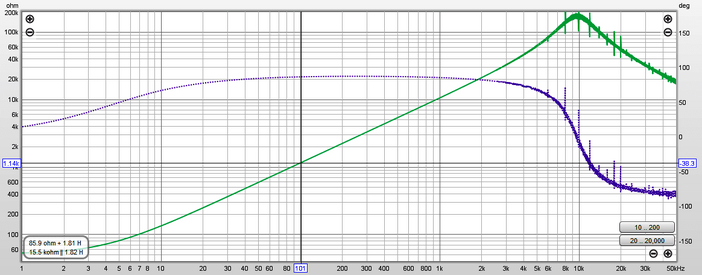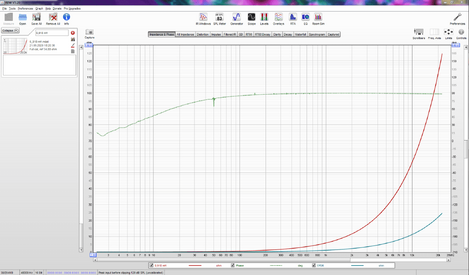Helmut Keller
Registered
Thread Starter
- Joined
- May 19, 2021
- Posts
- 2
I have the following Question regearding the impedance calibration:
Which assumption is true?
A) Only a single real valued calibration factor is used for the correction. It is extacted from the impedance calibraition file at mid frequncies.
B) The complete impedacne calibration file is used for the corection. Each frequency bin is corrected with its own gain and phase value.
C) Sometihng else. If so please clarify it?
Which assumption is true?
A) Only a single real valued calibration factor is used for the correction. It is extacted from the impedance calibraition file at mid frequncies.
B) The complete impedacne calibration file is used for the corection. Each frequency bin is corrected with its own gain and phase value.
C) Sometihng else. If so please clarify it?








 .
. 







